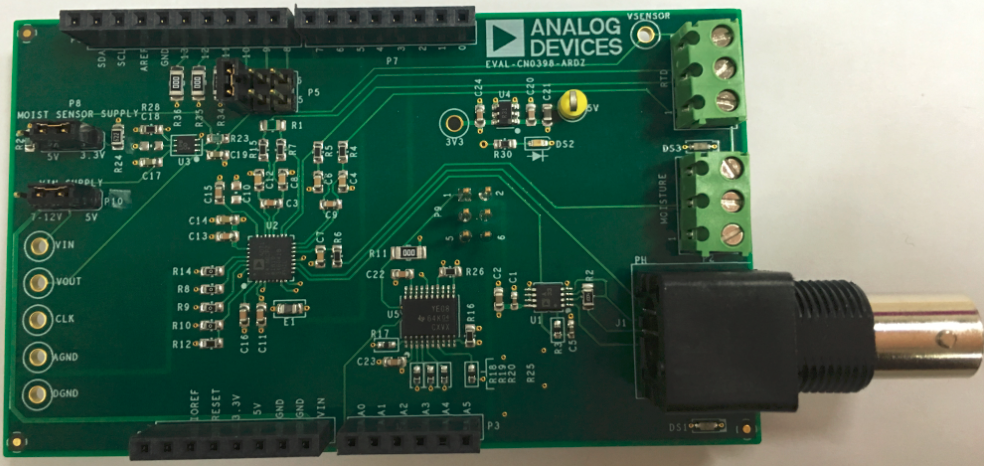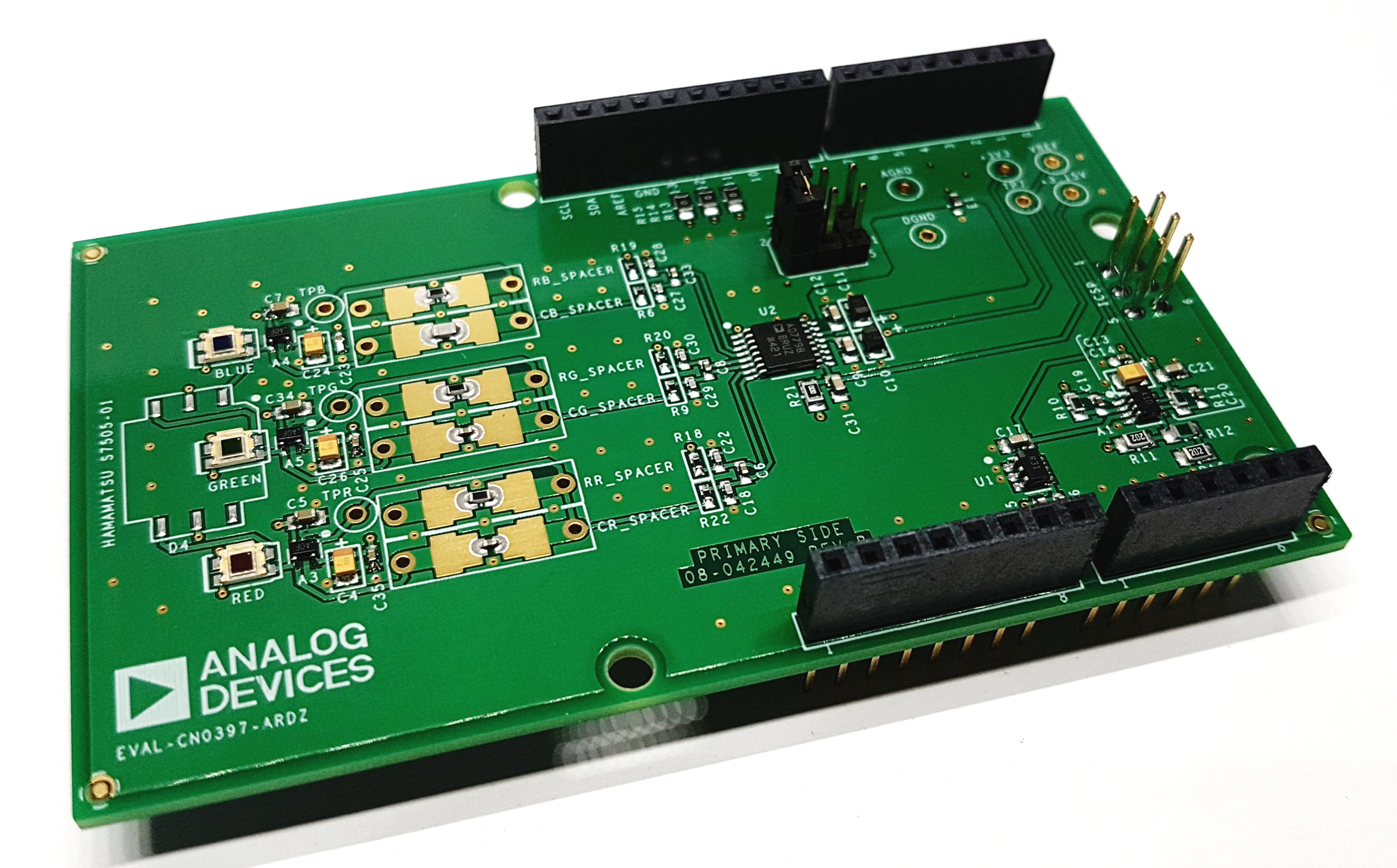Agriculture plays the major role in economics and survival of people in India. The purpose of this project is to provide embedded based system for soil monitoring and irrigation to reduce the manual monitoring of the field and get the information via mobile application. The system is proposed to help the farmers to increase the agricultural production. The soil is tested using various sensors such as NPK sensor, pH sensor, temperature sensor, and humidity sensor. Based on the result, the farmers can cultivate the appropriate crop that suits the soil. The obtained sensor values are sent to the database through Wi-Fi router and date and time is noted in the database and also a notification message is sent.
Project Proposal
1. High-level project introduction and performance expectation
Agriculture plays a major role in economics and survival of the people in India. It has always been a big deal to the farmers to manually measure the pH value of the soil, minerals level present in the soil like nitrogen, potassium ammonium etc., the temperature and the humidity of the soil. Thus the farmers are unable to find the correct proposition and fertilise the soil. So the main purpose of our project is to provide an embedded based system for soil monitoring and irrigation to reduce the manual monitoring of the field and to get the information via mobile application. This system is proposed to help the farmers to increase agricultural production.
Targeted Costumers:
- Farmers
- Agricultural activist
- Even terrace farmers can also use this system so that they themselves can grow basic vegetables. As this system needs less maintenance even people who go to work can also use this.
2. Block Diagram
.png)
3. Expected sustainability results, projected resource savings
India’s population reached beyond 1.2 billion and the population rate is increasing day-by-day. After 25–30 years there will be a serious problem for food, so the development of agriculture is necessary. Today, the farmers are suffering from lack of rains and scarcity of water. The main objective of the project is to provide an automatic irrigation system by measuring the amount of macronutrients, pH of the soil, temperature and humidity and irrigating the field according to it.
Sustainability Results
- Automated irrigation ensures any human flaw thereby a robust system to be followed
- Improvement in the yield and the whole field is monitored as segment
Resource Savings
- Optimized usage of water, and manure
- Less human intervention
4. Design Introduction
The solution for the above problem statement is actually a bot which will detect the amount of light, humidity, temperature, pH and amount of macronutrients present in the soil and irrigate according to it. For example, let’s say if our bot has detected the amount of nitrogen content is less than the usual level in the soil, then the bot tends to mix up the required amount of nitrogen in water and irrigate, it makes sure that the nitrogen content is not less than the usual level. And it is saved in a database with the time and date like when it is sprayed and how much percentage of nitrogen is used while spraying and it also will a send message to the agriculture field owner when it sprays. We can also set timer to spray water every day.
5. Functional description and implementation
The soil is tested using various sensors such as NPK sensor, pH sensor, temperature sensor, and humidity sensor. Based on the result, the farmers can cultivate the appropriate crop that suits the soil. The obtained sensor values are sent to the database through Wi-Fi router with date and time and it is noted in the database and the notification message is sent.
6. Performance metrics, performance to expectation
Performance metrics and expectation
The accuracy of the sensors is first tested and the bot is built according to it and the soil can differ at different region so a basic test should be run on the soil in which we are actually using this bot and the sensor should be altered according towards the soil to increase its accuracy. Secondly the network condition should be proper enough so that the bot can connect itself to the WIFI so that it can send information to cloud. If there is any network issue there may be problem in connecting to the cloud and this may lead to the malfunction of the bot.
Sensor
|
S.NO |
Sensors |
Application |
|
1 |
NPK Sensor |
To measure Nitrogen, Phosphorous, Potassium |
|
2 |
Temperature Sensor |
To measure temperature of the soil |
|
3 |
Humidity Sensor |
To check the moisture and humidity of soil |
|
4 |
pH Sensor |
To check the pH of the soil |
CN0398-ARDZ Shield
CN0398 is a single supply, low power, high precision complete solution for soil moisture and pH measurements. The circuit is optimized for use with capacitive soil moisture sensors that are insensitive to water salinity and do not corrode over time. The circuit also measures soil pH and that function is suitable in a variety of applications.

EVAL-CN0397-ARDZ Shield
CN0397 is optimized for smart agriculture utilizing wavelength specific photodiodes. Photosynthetic response of plants vary due to the wavelength and intensity of light received. Photodiodes used in this circuit has peak sensitivities over the wavelengths of interest, red and blue region, and over the green region which is mainly rejected by the leaves of the plant.

Soil NPK Sensor
The soil NPK sensor is suitable for detecting the content of nitrogen, phosphorus, and potassium in the soil. It helps in determining the fertility of the soil thereby facilitating the systematic assessment of the soil condition.
.png)
The NPK Sensor along with suitable signal conditioning circuit can be easily interfaced with FPGA kit.
7. Sustainability results, resource savings achieved
The following figure shows an abstract block diagram of the proposed system for smart agriculture. Immediate decision is taken by the FPGA board on the edge and for high level data processing and decisions, the cloud platform Microsoft Azure IoT is used.
.png)
Software Flow:
- The bot select the destination where it want to check the parameter
- The bot checks the parameter
- The data is sent to cloud
- Cloud decides whether to spray or not
- SMS is sent to the farmers
- The system moves to the other location
- The process repeats.
8. Conclusion
Thus, using the proposed method, the “BOT” automatically measures the wavelength (light), pH value of the soil and minerals level present in the soil. The temperature and the humidity of the soil is checked, so that the farmers are able to find the correct proposition and fertilise the soil. This proposal helps the farmers and provides a highly automatic framework for smart agriculture.
0 Comments
Please login to post a comment.